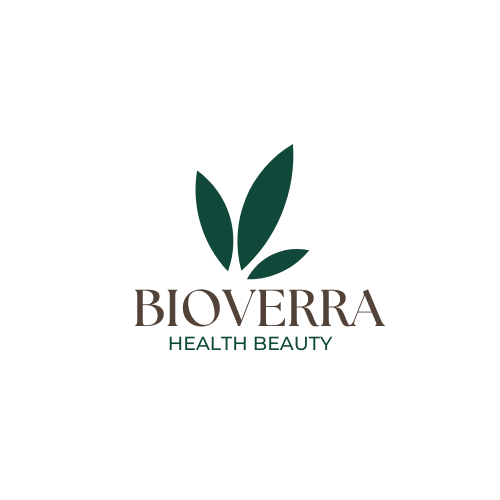The Ultimate Guide to Intermittent Fasting: Benefits, Methods, and How to Start Safely

What Is Intermittent Fasting?
Intermittent fasting (IF) isn’t just another diet trend — it’s a pattern of eating that focuses on when you eat rather than what you eat.
Unlike calorie-restrictive diets, intermittent fasting alternates between periods of eating and fasting to encourage your body to burn stored fat more efficiently.
Many people choose intermittent fasting not only for weight loss but also for better focus, mental clarity, and metabolic health.
How Intermittent Fasting Works
During fasting, your body switches from using glucose (sugar) for energy to burning stored fat — a process known as metabolic switching.
After about 10–12 hours of fasting, your insulin levels drop, allowing fat cells to release fatty acids that are then converted into energy.
This process helps:
-
Improve insulin sensitivity
-
Enhance fat burning
-
Reduce inflammation
-
Promote cellular repair (autophagy)
Popular Intermittent Fasting Methods
There’s no one-size-fits-all approach to fasting. Here are the most popular and beginner-friendly types:
| Fasting Method | Eating/Fasting Window | Best For |
|---|---|---|
| 16/8 Method | 16 hours fasting / 8 hours eating | Beginners who want flexibility |
| 5:2 Diet | Eat normally 5 days, restrict calories (500–600) for 2 days | Weight control with less rigidity |
| Eat-Stop-Eat | 24-hour fast once or twice a week | Advanced users seeking rapid results |
| Alternate-Day Fasting | Fast every other day | Experienced fasters |
| OMAD (One Meal a Day) | 23 hours fasting / 1 meal | Advanced fasting with strict discipline |
👉 Want to find which plan suits your lifestyle best? Check out Intermittent Fasting Schedules: Which One Fits You Best
Proven Health Benefits of Intermittent Fasting
Intermittent fasting offers more than just weight loss. According to several studies published in Harvard Health and PubMed, fasting has powerful effects on the entire body.
1. Accelerates Fat Loss
By lowering insulin and increasing growth hormone, fasting makes it easier to burn stubborn fat, especially around the abdomen.
2. Improves Brain Function
Fasting enhances focus and memory by increasing the production of brain-derived neurotrophic factor (BDNF), which supports neuron health.
3. Reduces Inflammation
Short-term fasting lowers oxidative stress and chronic inflammation — two key factors linked to aging and disease.
4. Supports Longevity
Research shows that calorie restriction and fasting activate genes related to longevity and cellular repair.
5. Balances Blood Sugar
Intermittent fasting can stabilize blood sugar levels and improve insulin sensitivity, reducing the risk of type 2 diabetes.
💡 Read more about the science behind these effects in Top 10 Health Benefits of Intermittent Fasting (Backed by Science)
Common Mistakes to Avoid
Starting intermittent fasting without preparation can lead to fatigue, headaches, or overeating later in the day.
Here are a few mistakes beginners should avoid:
-
Skipping hydration (always drink water or herbal tea during fasting)
-
Breaking the fast with heavy or processed meals
-
Ignoring your body’s hunger and energy signals
-
Expecting immediate results
-
Overexercising during long fasts
👉 Learn more in Common Mistakes to Avoid During Intermittent Fasting
What to Eat During Eating Windows
While intermittent fasting focuses on timing, the quality of your meals still matters.
Stick to whole, nutrient-dense foods such as:
-
Lean proteins (chicken, fish, eggs)
-
Healthy fats (avocado, olive oil, nuts)
-
Complex carbs (sweet potatoes, quinoa, vegetables)
-
Plenty of fiber and water
Avoid sugary drinks and processed snacks, which can cause insulin spikes and break your fat-burning rhythm.
Need ideas? See What to Eat During Intermittent Fasting Windows
Intermittent Fasting for Women
Women’s bodies respond differently to fasting due to hormonal balance.
Shorter fasting windows (12–14 hours) may be more sustainable and supportive for female health.
If you notice fatigue, irregular cycles, or mood changes, consider adjusting your fasting pattern.
Learn more in Intermittent Fasting for Women: How It Affects Hormones and Energy
How to Start Intermittent Fasting Safely
-
Start Gradually – Begin with 12 hours of fasting, then increase to 14–16 hours.
-
Stay Hydrated – Drink plenty of water, black coffee, or green tea.
-
Listen to Your Body – If you feel dizzy or weak, break your fast gently.
-
Plan Your Meals – Use your eating window wisely for nutrient-dense foods.
-
Be Consistent – Your body adapts over time; consistency is key.
Sample Daily Fasting Schedule (16/8 Method)
| Time | Activity |
|---|---|
| 8:00 AM | Black coffee, water |
| 12:00 PM | First meal (balanced lunch with protein and healthy fats) |
| 4:00 PM | Light snack (nuts, fruit, yogurt) |
| 7:30 PM | Dinner (vegetables, lean protein, olive oil) |
| 8:00 PM | Start fasting again until next day |
Final Thoughts
Intermittent fasting is a powerful, flexible approach to improve overall health and weight management — but it’s not about starving yourself.
It’s about teaching your body when to eat and when to rest.
If you’re new to fasting, start small, stay hydrated, and focus on building a healthy, balanced routine.
Remember, consistency and mindfulness always outperform extreme approaches.
Ready to begin? Read next: Intermittent Fasting for Beginners: A Step-by-Step Guide




